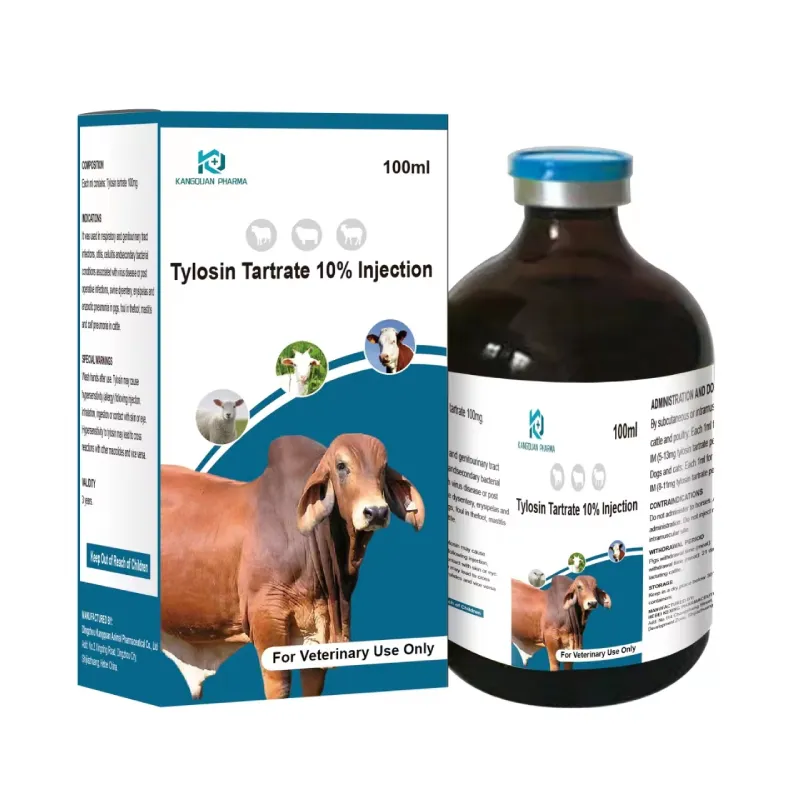- Afrikaans
- Albanian
- Amharic
- Arabic
- Armenian
- Azerbaijani
- Basque
- Belarusian
- Bengali
- Bosnian
- Bulgarian
- Catalan
- Cebuano
- Corsican
- Croatian
- Czech
- Danish
- Dutch
- English
- Esperanto
- Estonian
- Finnish
- French
- Frisian
- Galician
- Georgian
- German
- Greek
- Gujarati
- Haitian Creole
- hausa
- hawaiian
- Hebrew
- Hindi
- Miao
- Hungarian
- Icelandic
- igbo
- Indonesian
- irish
- Italian
- Japanese
- Javanese
- Kannada
- kazakh
- Khmer
- Rwandese
- Korean
- Kurdish
- Kyrgyz
- Lao
- Latin
- Latvian
- Lithuanian
- Luxembourgish
- Macedonian
- Malgashi
- Malay
- Malayalam
- Maltese
- Maori
- Marathi
- Mongolian
- Myanmar
- Nepali
- Norwegian
- Norwegian
- Occitan
- Pashto
- Persian
- Polish
- Portuguese
- Punjabi
- Romanian
- Russian
- Samoan
- Scottish Gaelic
- Serbian
- Sesotho
- Shona
- Sindhi
- Sinhala
- Slovak
- Slovenian
- Somali
- Spanish
- Sundanese
- Swahili
- Swedish
- Tagalog
- Tajik
- Tamil
- Tatar
- Telugu
- Thai
- Turkish
- Turkmen
- Ukrainian
- Urdu
- Uighur
- Uzbek
- Vietnamese
- Welsh
- Bantu
- Yiddish
- Yoruba
- Zulu
Nov . 24, 2024 08:48 Back to list
veterinary antibiotics classification
Veterinary Antibiotics Classification An Overview
Veterinary antibiotics are critical components in animal healthcare, playing a pivotal role in preventing and treating infections in livestock and pets. With the rise of antibiotic resistance posing significant threats to both animal and human health, understanding the classification of these antibiotics becomes essential. This article explores the main categories of veterinary antibiotics, providing insights into their use and implications.
Antibiotics can be classified into several groups based on their chemical structure, mechanism of action, and spectrum of activity. The primary classes include
1. Beta-lactams This group includes penicillins and cephalosporins, which are widely used due to their effectiveness against a variety of bacterial infections. Beta-lactams interfere with the synthesis of bacterial cell walls, leading to cell lysis. They are commonly prescribed for respiratory infections and skin conditions in animals.
2. Tetracyclines Tetracyclines are broad-spectrum antibiotics effective against both gram-positive and gram-negative bacteria. They inhibit protein synthesis, making them a popular choice for treating infections like leptospirosis and certain respiratory illnesses in animals. However, use in young animals is limited due to potential impacts on bone and teeth development.
veterinary antibiotics classification

3. Macrolides This class includes drugs such as erythromycin and azithromycin. Macrolides are primarily used for respiratory infections in livestock and pets, working by inhibiting protein synthesis. While they are effective, there is a growing concern over resistance development among bacteria exposed to macrolides.
4. Aminoglycosides Comprising antibiotics like gentamicin and neomycin, aminoglycosides are effective against a range of bacterial infections, particularly in severe cases. They work by disrupting protein synthesis and are often used in critical care settings. However, their use is limited due to potential nephrotoxicity in animals.
5. Quinolones and Fluoroquinolones These antibiotics, including enrofloxacin and ciprofloxacin, are potent agents against a broad spectrum of pathogens. They inhibit DNA gyrase, essential for bacterial replication. While they are highly effective, their use is often recommended with caution due to the risk of developing resistance.
6. Sulfonamides These synthetic antimicrobials are often used in combination with other antibiotics to enhance efficacy. They work by interfering with bacterial folic acid synthesis. Sulfonamides are versatile and can be effective against various infections, but their use has declined due to the availability of newer antibiotics.
In conclusion, a comprehensive understanding of veterinary antibiotics' classification is crucial not only for effective treatment of infections but also for responsible use to mitigate the risk of antibiotic resistance. By adhering to guidelines and promoting judicious use, the veterinary community can help ensure the health of animals while safeguarding public health. As research advances, ongoing review of antibiotic classes and their applications will remain vital to address emerging health challenges in the animal population.
-
Guide to Oxytetracycline Injection
NewsMar.27,2025
-
Guide to Colistin Sulphate
NewsMar.27,2025
-
Gentamicin Sulfate: Uses, Price, And Key Information
NewsMar.27,2025
-
Enrofloxacin Injection: Uses, Price, And Supplier Information
NewsMar.27,2025
-
Dexamethasone Sodium Phosphate Injection: Uses, Price, And Key Information
NewsMar.27,2025
-
Albendazole Tablet: Uses, Dosage, Cost, And Key Information
NewsMar.27,2025













